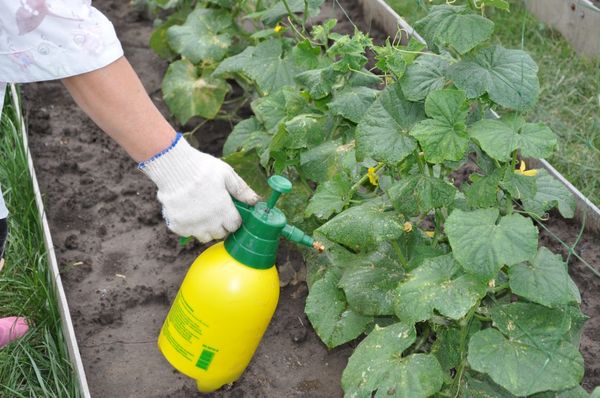Cucumbers - a plant that came to Europe and Russia from tropical countries. Growing such plants requires attentive care. They love it when they are fed with organic and mineral fertilizers. For cucumbers, it is possible to use ash, iodine, brilliant green, whey and other organic matter.
In addition to cucumbers, it is possible to sprinkle ashes in the open ground or in the greenhouse and pepper, tomato bushes, so if it remains after the cucumbers, then there will be another vegetable that you can feed it.
Table of contents
Why feed cucumbers
Over time, the soil depletes its mineral reserves. After all, growers grow them within the same plot. To restore the reserves of the soil using a variety of dressing. Feed cucumbers need for the first timewhen they give two strong leaves.
Benefits of feeding:
- cucumbers grow faster and produce fruit earlier;
- I increase the period of fruiting;
- improve the taste and quantity of fruits;
- create a kind of "immunity" to plants, protecting them from harmful insects and diseases.
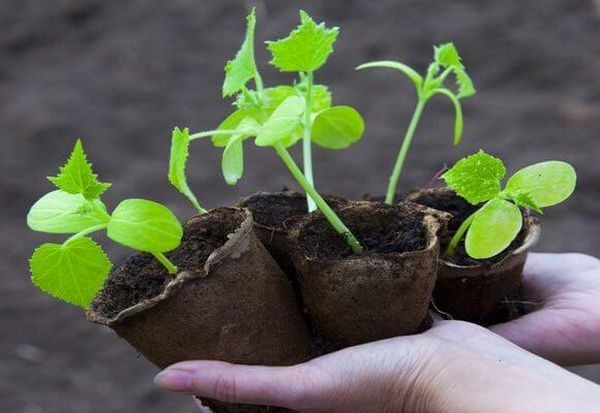
The use of ash and iodine as a fertilizer
Used by wood ash. It is the most accessible, especially in country houses, where houses are heated with a furnace. It looks like gray dust.
By its composition ash not inferior to potash fertilizers. To pour it into the ground in arbitrary quantities before watering. However, you can not overdo it, it can badly affect the future harvest. Everything should be in moderation.
Iodine is a trace element that is necessary for all animals and plants. For plants it is needed in a small amount. Separately for this purpose it is not for sale.
Use for feeding the usual iodine, which is sold in any pharmacy. Spray they need to stimulate seed growth, prevention of infection with fungal diseases, the formation of plant resistance to harmful insects and infections, increasing yields.
Also, the treatment of plants with iodine is well reflected in human health, which subsequently consumes such fruits. It helps strengthen the endocrine system of the body.
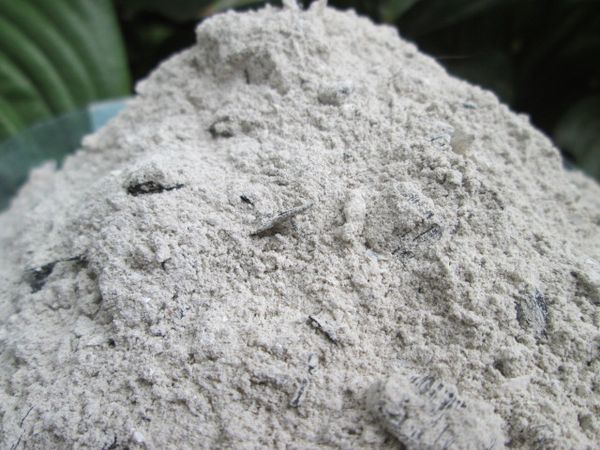
Ash and iodine are used on average. about 6 times per season. Iodine seeds are treated, even before planting them into the ground. Then every 20 days throughout the season.
How to fertilize with ashes
It contains about 28 mineral components. It is a mineral residue, after burning organic matter. Contains a large amount of: potassium, phosphorus, magnesium, calcium, sulfur, iron and others. However, the composition is completely absent nitrogen and chlorine.
The composition of the ash depends on what is burned. The best for fertilizer ash is obtained when burning potato tops. It has a lot of calcium and potassium.
It also inhibits the growth of harmful bacteria for cucumbers. Harmful insects do not fit the treated soil, it is detrimental to their effect. Ash is suitable for acidic soil. It helps to create a neutral or weakly acidic environment that cucumber loves.
Make it necessary in the spring before planting seedlings in the ground. Add it dry. The amount of envy of how acidic the soil is and what kind of result is needed.
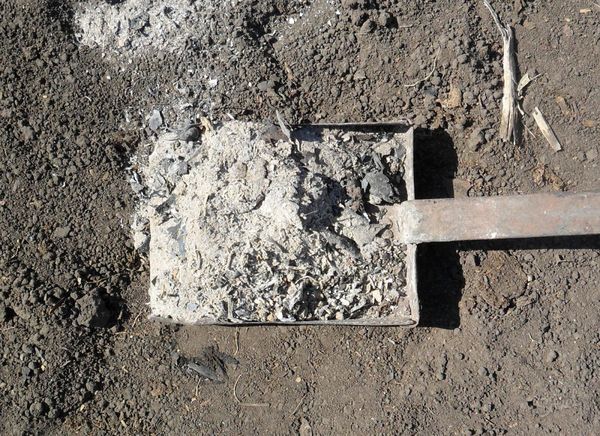
Infusion of wood ash finds its use in gardening. To prepare such an infusion, you just need to pour dry boiled water over the ashes. About 1 tablespoon of ash is used per 1 liter of chlorine-free water. The mixture is left to stand for 1-1.5 weeks.
You can use this infusion every two weeks. It is enough just to water the soil next to the plant.
Ash is used to combat powdery mildew, an infection that inhibits the leaves of a plant. Because of what the whole plant is gradually dying.
Iodine treatment
Iodine is used in all stages of growing seedlings. In high concentrations, iodine can destroy the plant. Therefore, it is diluted with water.Only 1 drop per liter of chlorine-free water is sufficient. If the water is chlorinated, the substance will react with chlorine, and such a composition will not bring the expected result.
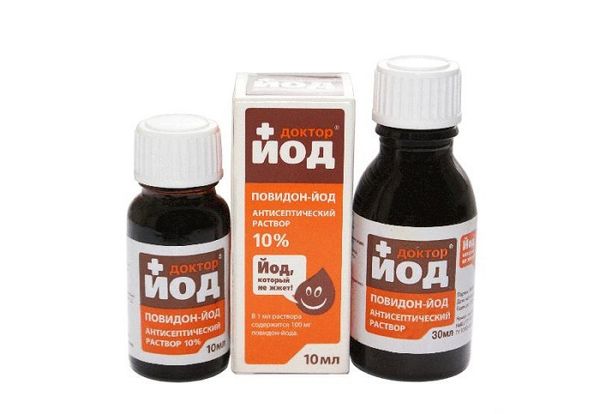
The first time is processed yet the seeds. Seeds are wrapped in rags with iodine and left for 6 hours. This is done for better germination. Use iodine in a diluted form, so as not to leave burns on them. If processed incorrectly, the seeds may die.
Top dressing under the root is carried out with a lower concentrated raster. To water the plant, 1 drop of iodine is added to 3 liters of water.
Spraying iodine solution is used to combat powdery mildew. 4 drops and 400 ml of milk are added to 3 liters of water.
This solution is used to treat the plant during the vegetative period, after planting it in the ground. Treated plants every 10 days. It not only helps to get rid of powdery mildew, but also improves the growth of the plant itself, rejuvenates the shoots, improves the taste of cucumbers.
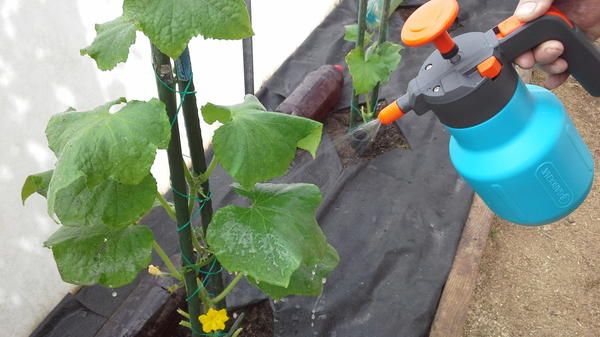
Milk for feeding cucumbers
Milk has a rich composition: maltose, glucose, lactose and others. Trace elements are not less than in mineral fertilizers. The composition contains: calcium, magnesium, manganese, potassium, nitrogen, phosphorus, sulfur, copper and many others.
When spraying cucumbers with milk, it creates insect repellent barrier. Insects are not able to digest lactose, so they just will not, there are leaves treated with milk. Also formed a film on the leaves of the plant, which prevents infection by infections.
It is best to use milk rich in natural bacteria, so UHT milk will not work, but it will do. fresh cow and ordinary pasteurized. Fat content should not be low either. The higher the fat content, the more carbohydrates in the milk.
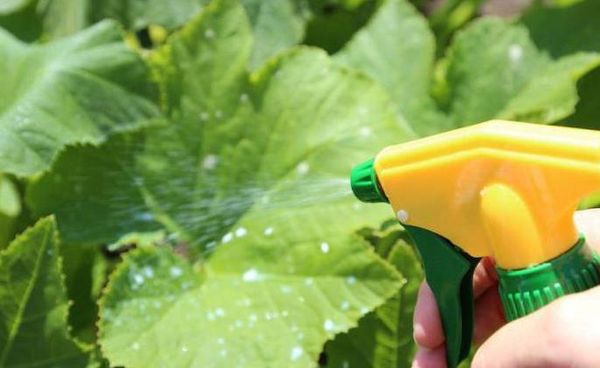
Spraying well used milk solution with iodine and laundry soap. To do this, you need 10 liters of water, add 1 liter of milk, 30 drops of iodine and half a grated piece of household soap.
Thus, cucumber feedings surround us everywhere. The main thing is to know how to use the available tools. Ash can always be mined after burning unnecessary materials in the area. Iodine solution is available in pharmacies, as well as always in all first-aid kits as an antiseptic. Milk is easy to find in any store, and if you have your own farm, this simplifies the task even more.
